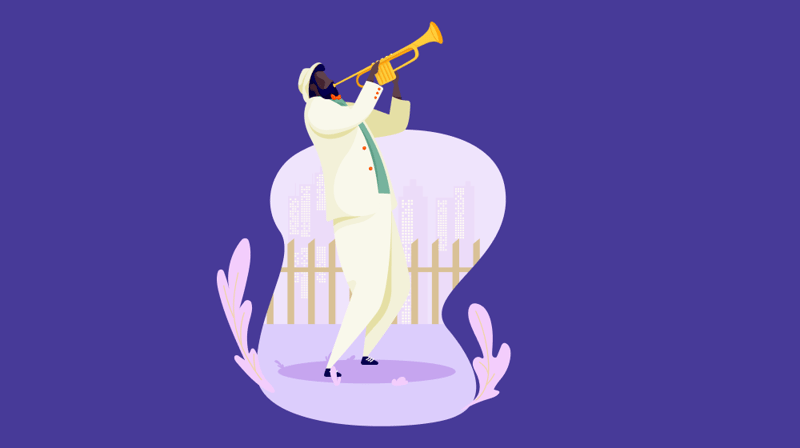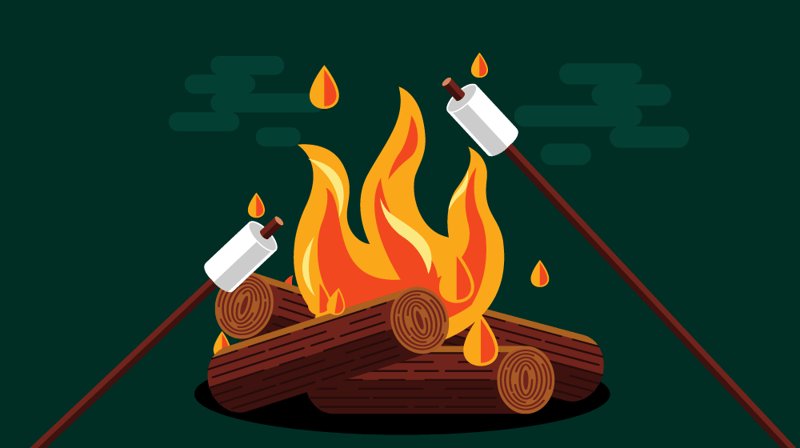Each year, multicultural centers and universities alike will honor the work of several Black pioneers through events and special programs.
These events will often celebrate the idea that these pioneers led a universal movement that centered the need for equity and equality for Black individuals.
But when schools begin planning these events, they’ll frequently overlook the work of Black LGBTQ leaders. While it is fair to note that there is only so much time and money that might be allocated to Black history programming (this is another problem to discuss in a different article), a greater conversation must be had around why we must change the way we think about Black history.
Erasure
There are several LGBTQ Black individuals who added to the Civil Rights movement and, naturally, to the broader society. From folks like Bayard Rustin to Ma Rainey, many of these figures put their lives on the line for Black people. But because of respectability politics and internalized oppression, much of the work that LGBTQ Black people did throughout history became non-existent – at least in historical documentation.
The erasure of LGBTQ Black history is connected to colorblindness and the unwillingness to see LGBTQ people of color as whole. Several researchers, including Omi and Winant, argue in their work that colorblindness enables neoliberalism, creating a cultural attitude amongst the Black community that Black history is linear, only focusing on the struggles related to race.
Many Black queer pioneers made a tremendous contribution to Black history, but that history is often not taught in its completeness.
Knowing that Black LGBTQ people are often excluded in both communities, we must acknowledge the ones who had the courage to fight for the equity and equality:
Bayard Rustin (1912-1987)
As a leader for both the civil rights and LGBTQ movement, Rustin was known for speaking out about the injustice that Black queer people faced. His speech given on behalf of the New York State’s Gay Right Bill centered the struggles that Black queer people faced, specifically when negotiating the intersections of their identity.

James Baldwin (1924-1987)
Known for his passionate writings about the injustices Black people faced, Baldwin intellectualized what it meant to be both queer and Black during a time when both identities weren’t seen as able to coexist in one person. His most famous novels including Go Tell It on the Mountain and Another Country centered homosexual and bisexual characters, making his work legendary for Black queer scholars.
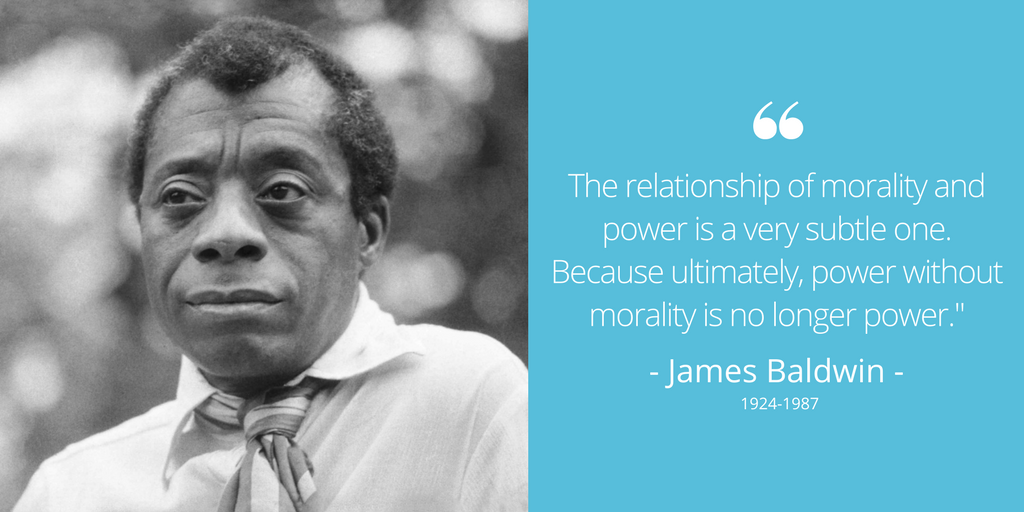
Audre Lorde (1934-1992)
The leader in the feminist movement of the 1960s who advocated for the rights of women of color, specifically those who experienced neglect in the women’s movement. Much of her work spoke to her intersectional experience as both a Black and queer woman. Before passing, she changed her name to Gamba Adisa which means, “Warrior-she who makes her meaning known.”
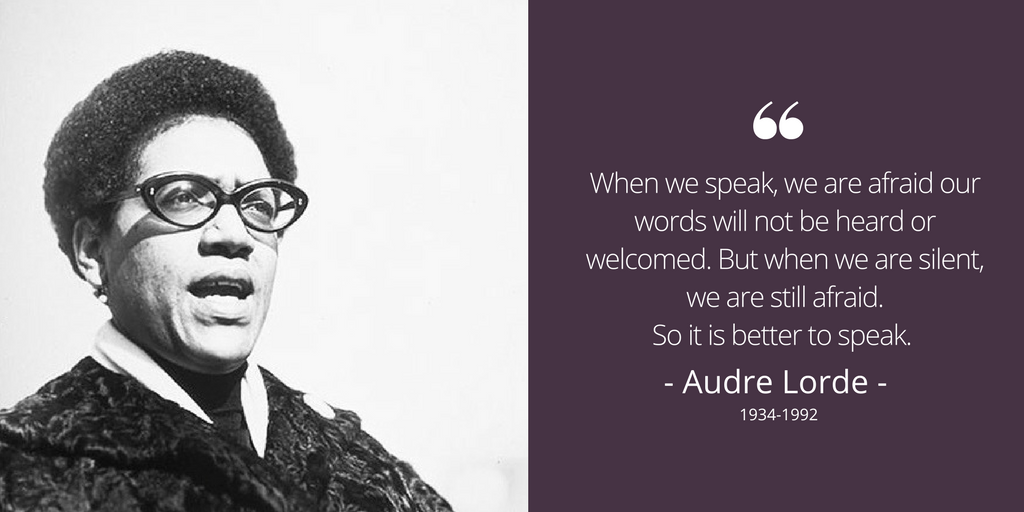
Marsha P. Johnson (1945-1992)
Known as the mother of all drag queens, transgender women, and homeless youth alike, Johnson was the first to fight back during the Stonewall Riots. She was also a pivotal voice in the AIDS movement, becoming the voice for ACT UP and several other social justice issues.
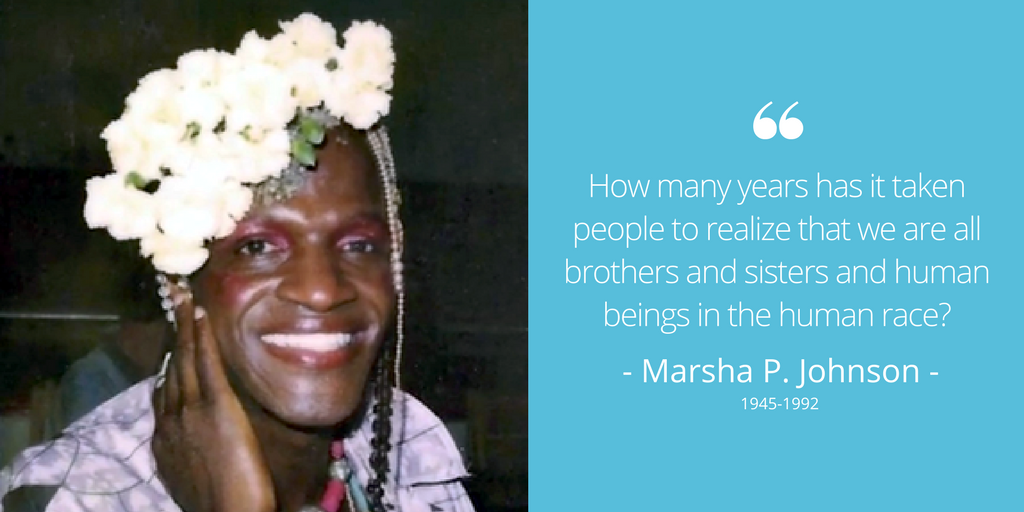
Willi Ninja (1961-2006)
Known as the godfather of vogue, Ninja created a style of dance that connected the Black queer community. Creating safe spaces for Black queer people to live and dance, Ninja used voguing as a way to create a cultural influence and bring light to the marginalization of Black queer people in both fashion and music.
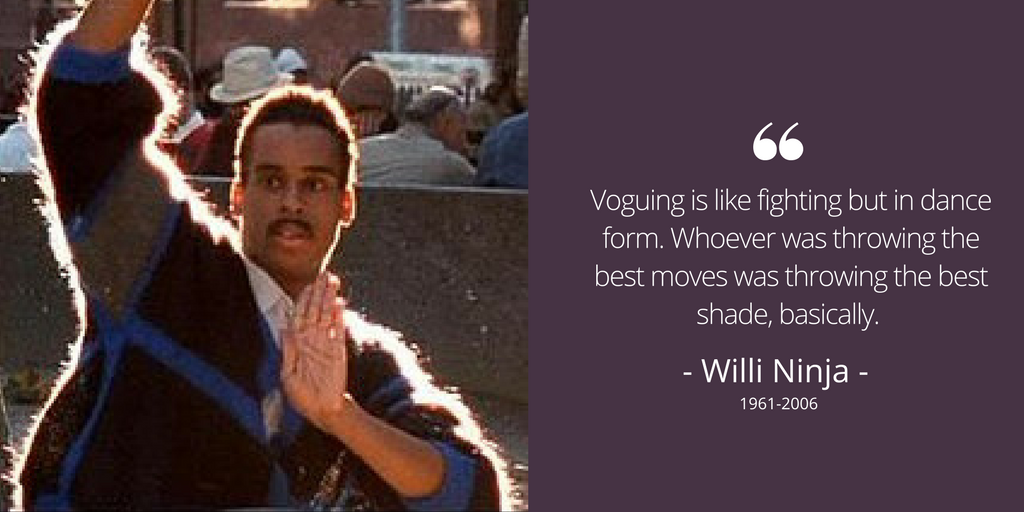
Pauli Murray (1910-1985)
Poet, writer, activist, labor organizer, and legal theorist, Murray was always ahead of her time. In 1940, she was arrested and jailed for refusing to sit on a broken seat in the back of a bus as she was protesting Virginia Law that required bus segregation. She was one of the first women to work with Philip Randolph, Bayard Rustin, and Dr. Martin Luther King Jr. during the Civil Rights movement, and in 1977 became the first African American woman to become a Episcopal Priest.
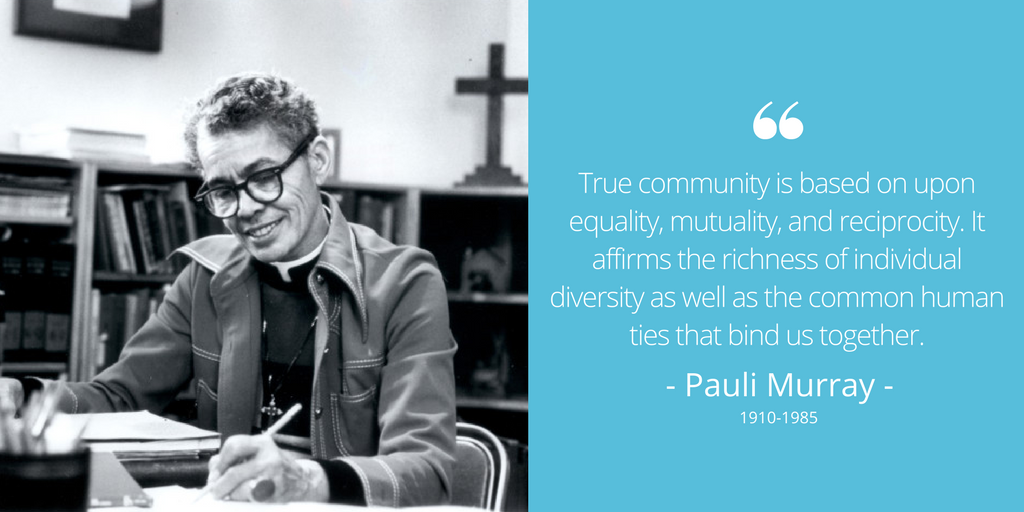
Need for intersectionality
One of the most common issues present when discussing why LGBTQ Black figures are left out of Black history stems from the lack of care given to intersectional thought. The concept was made famous by Kimberlé Crenshaw in 1991 after examining the struggles that Black women faced in the employment industry, and Lorde spoke honestly and openly about the ways that her voice was removed from both the Civil Rights movement and the second-wave feminist movement.
On several occasions, Lorde urged folks to address concepts related to ageism, classism, racism, cissexism, as well as the homophobia that plagued the Civil Rights movement. Like Lorde, Baldwin mentioned on several occurrences that a large part of the reason why Black queer people are left out of Black history conversations is because of identity politics, specifically between the Black and LGBTQ community.
One point that Lorde made in her life that we can all remember is that “There is no thing as a single-issue struggle because we do not live single-issue lives” and that before we can truly celebrate the Black struggle, we have to recognize those who fought for the lives of both Black and queer people.
So what now?
As a student affairs professional, remember that as you develop programming around Black and LGBTQ histories that the oppression of Black and LGBTQ people is interconnected. By recognizing the struggles that each group faces and seeing them as one, you make the movement that much stronger.
As you plan your programs for Black History Month and Pride month, consider doing the following to celebrate Black LGBTQ history:
Provide teachable moments
Use connections with faculty and staff who have knowledge of Black history to create teaching spaces to examine some of the most prominent LGBTQ people. Think about incorporating a presentation on leaders who are not well known in music, literature, art, science, health, and other industries.
Organize with student clubs
Work with your Black Student Union or other Black student groups to create activities, forums, and discussions around forgotten LGBTQ leaders. Partnering up with student groups is also a great way to increase participation in your programs because students will feel a responsibility to contribute to the programs’ success.
Invite speakers
Bring someone to your school who can talk openly and honestly about Black queer history. Relying on resources that you already have on campus is great, but getting a fresh perspective can help jumpstart engagement with different topic areas in the long-term.
Organize discussions
Now that you have a list of often-forgotten Black LGBTQ leaders, structure campus-wide discussions around their work and legacy. Find other leaders who you can incorporate into the discussion. Consider how you can spotlight Black LGBTQ student leaders, staff members, and faculty into the spotlight discussions.
Screen films
Movies like “Brother Outsider”, “Sister Outsider”, “Paris is Burning” and “I am Not Your Negro” are great ways to center the history of Black LGBTQ Leaders.
Remember that bringing these figures into focus shouldn’t just happen during Black history month. Look for ways to center these individuals in your programming year-round as a way to show that complex, intersectional existence matters. Many of these individuals have made grand contributions to society, but often go unnoticed for their work — and as student affairs professionals, we have the ability to change that.
By centering LGBTQ Black history leaders in your programming, you are showing that not just Black lives matter, but all Black lives matter.
What other Black LGBTQ pioneers do you admire? Tweet us @themoderncampus and @DoctorJonPaul.
